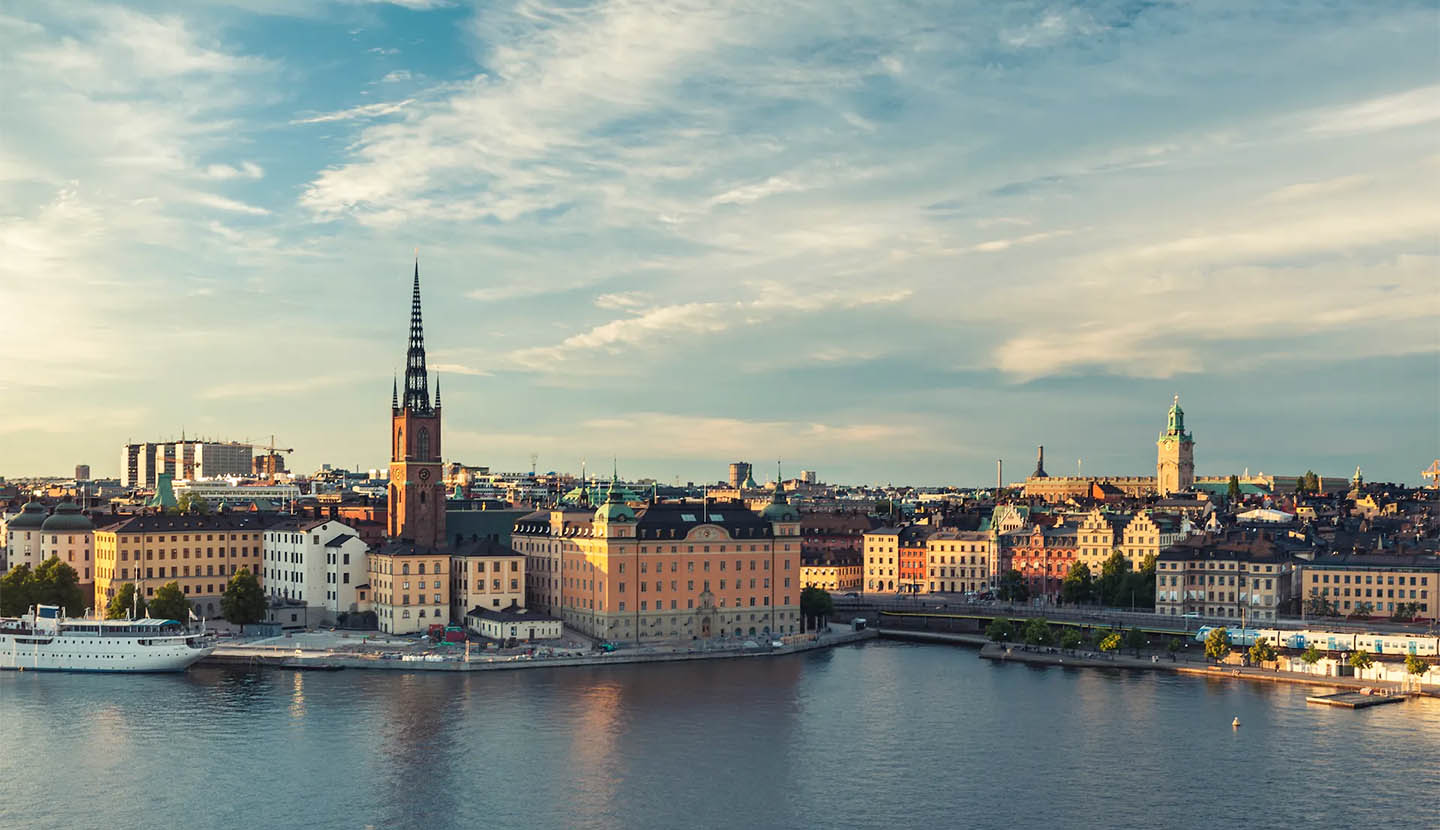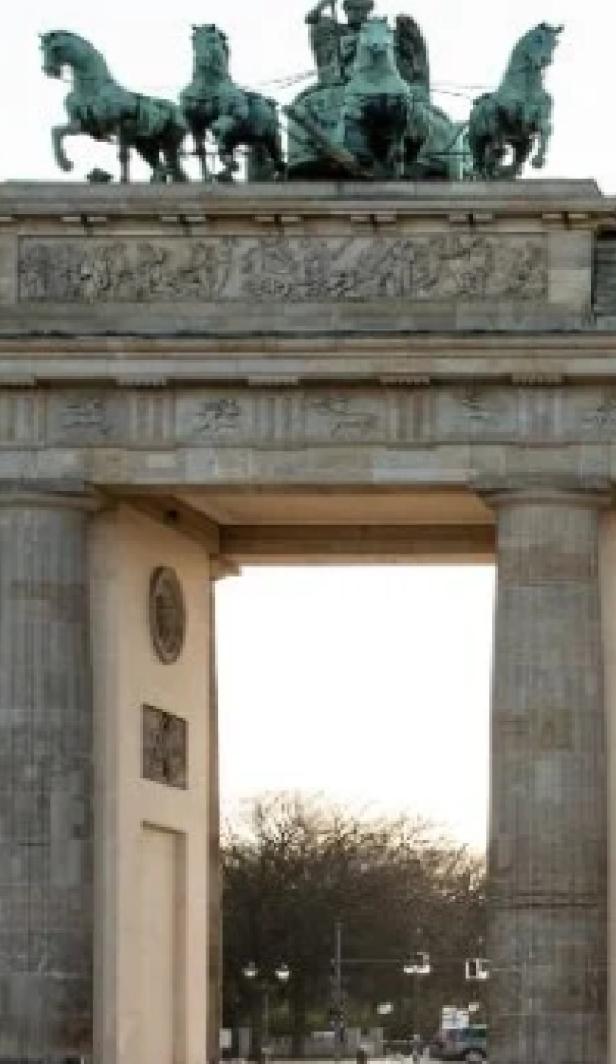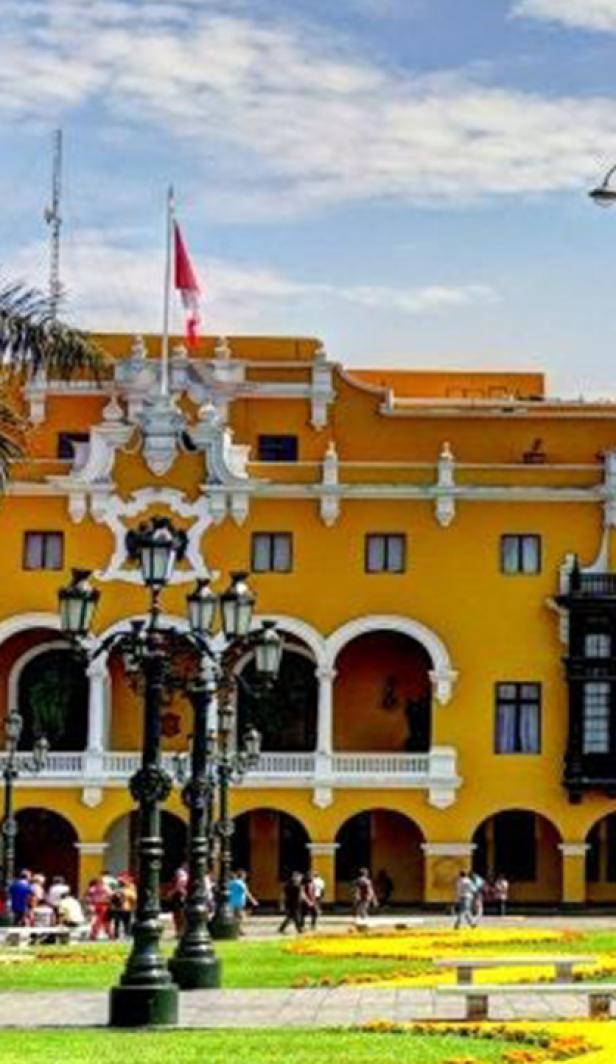History of Swedish Coffee
Coffee beans first came to Sweden in 1685, which is around three decades after the first Swedish person, Statesmen Claes Rålamb, sampled and produced a written account of his dislike of the beverage. However, the first coffee beans to come to the country weren’t for the intention of drinking for pleasure, they were actually used for medicinal purposes and stockpiled by pharmacists to treat disease.
It was King Charles XII that first introduced the concept of drinking coffee for the pure enjoyment of it as he developed a taste for it after visiting Turkey, so he brought it back to Sweden alongside a cezve coffee maker. Initially, coffee was exclusively for the aristocracy, but King Charles XII’s adoration of the beverage would later kickstart the country’s love affair.
The first coffee house and the first coffee ban
In 1710, Sweden’s first coffee house was opened in Stockholm and within a few decades there was almost 50 in the city alone, but this popularity wasn’t necessarily a good thing. As the coffee trade was booming, the elites thought that coffee export should be increased and imports should be reduced, an economic policy known as mercantilism. However, the working class couldn’t afford coffee and there was a prohibition on distilling at home.
As a result, 1756 saw the country’s first coffee ban which was actually enacted and enforced by none other than the peasantry. Punishments included fines, taking away cups and saucers and even imprisonment. This first ban lasted an impressive 10 years, but there were more bans to come under the rule of King Gustav III.
The fifth and final Swedish coffee ban concluded in 1822 and thankfully, there’s been none ever since.
Swedish coffee culture
Coffee is a way of life in Sweden and it’s enjoyed all throughout the day. The Swede’s even have a name for pausing and taking a break for coffee, ‘fika’. Fika loosely translates to a coffee and a cake break and it often occurs during the morning or afternoon. The tradition is so engrained in the country that some places even have specific fika rooms, but it is also done in restaurants and cafes. During fika, a fikabröd is often served which is a form of sweet pastry such as a kanelbullar (cinnamon bun), cookies or chokladbollar (chocolate balls).
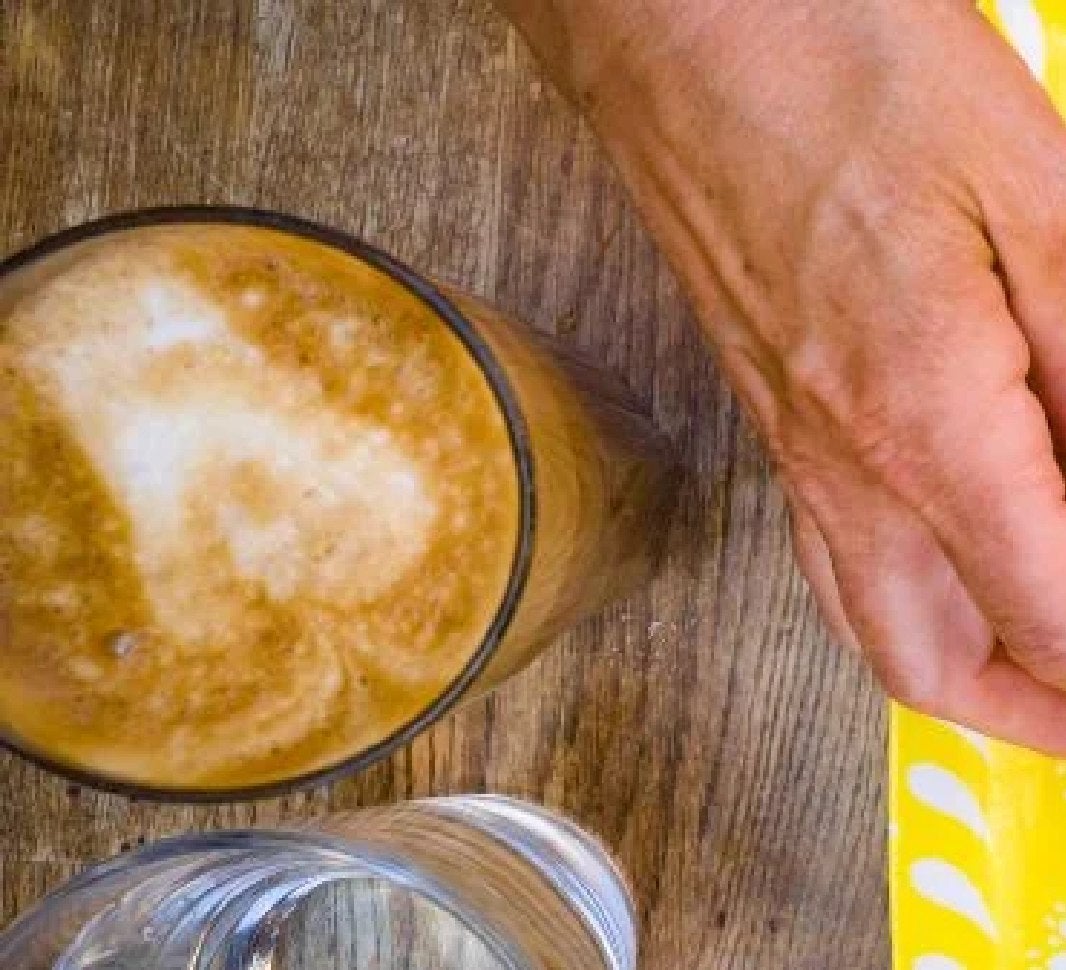
Swedish coffee types
You’ll more than likely encounter all the usual suspects such as cappuccinos and lattes on the boards of coffee shops across the country, but there are a few traditional Swedish drinks too.
Dripp coffee
Where drip coffee didn’t originate in Sweden, it’s one of the most popular types. The Swedish usually enjoy drip coffee black with a sweet treat.
Kokkaffee
Kokkaffee or ‘boiled coffee’ is a common coffee brewing method that’s most popular in the North. It’s relatively simple to do and all you need is a pot or kettle, some coarse ground coffee, a strainer and a flask. The grounds are added to a pot with water which is boiled, allowed to settle, then the coffee is strained into a flask. As it’s so quick and convenient, it’s a very popular morning drink.
Egg coffee
Yes, you heard right, egg coffee is a Swedish staple! It may sound bizarre, but this coffee type uses the whole egg, shell and all, and remarkably, many people call it ‘the perfect coffee’.
It’s made by boiling water in a pot, then the egg is cracked into a cup and is then thoroughly stirred and the shell is crushed in. The coffee grounds are added and stirred some more which creates an egg-coffee slurry. Once the water is boiling, the slurry is added and boiled for a further 3 – 5 minutes. After this point the slurry will clump into big chunks and float to the top, then ice cold water is added to send the chunks of egg grounds to the bottom. Once the grounds have all sunk to the bottom it’s filtered or put through a French press, ready for serving.
Still not convinced? Well, there’s actually some science behind why it tastes so good. This is due to the fact that the albumen that’s located in the egg white gets broken down during the boiling process, these proteins then rebind to other particles. It’s these macromolecules that are responsible for bitterness and other impurities. On top of this, eggshells are alkaline which may help to neutralise the acidity of coffee. Long story short, the egg in coffee makes it a smoother, more velvety drink.
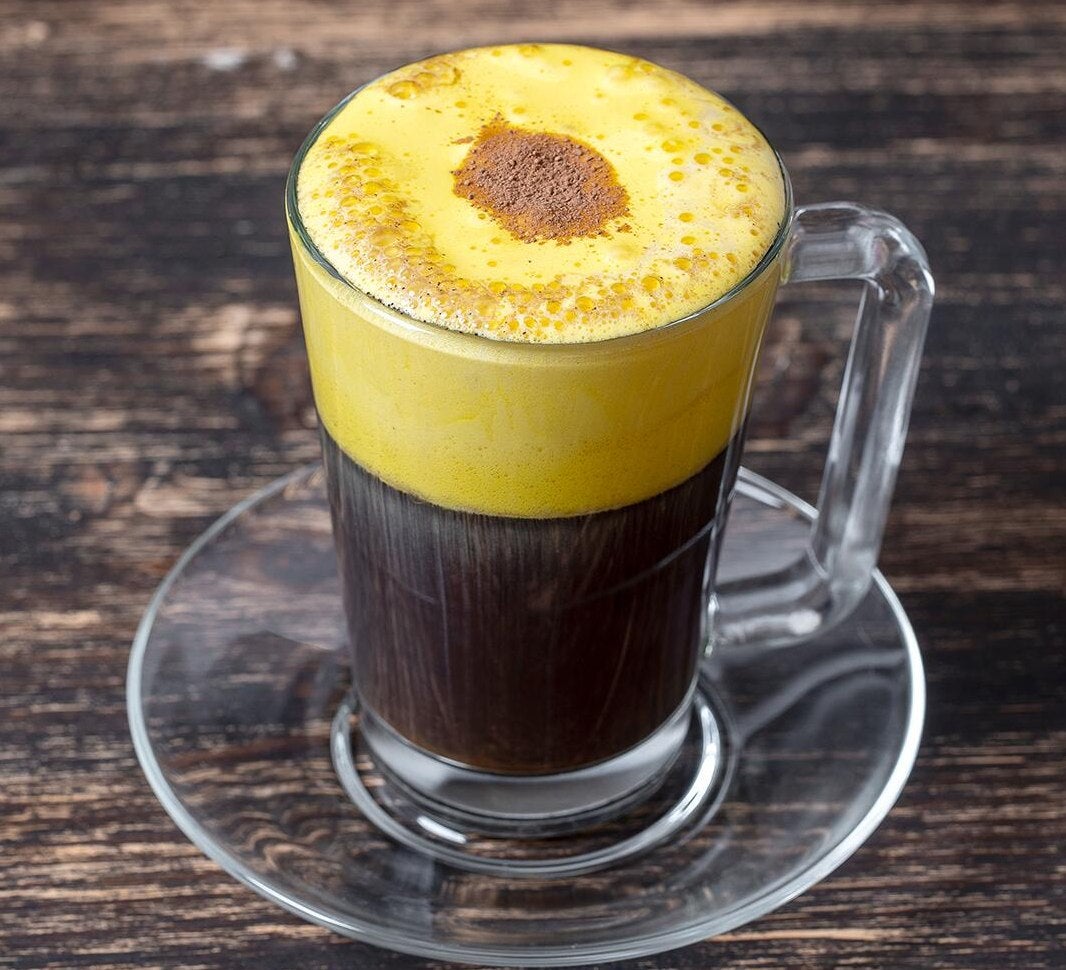
That’s our guide to Swedish coffee! Want to send your tastebuds around the world and discover more of the coffee hotspots? Check out our guide on Japanese coffee, next.
Today’s community favourites


Join the My Perks community!
Enjoy prizes, discounts, expert tips, recipes, exclusive offers and more with My Perks.

